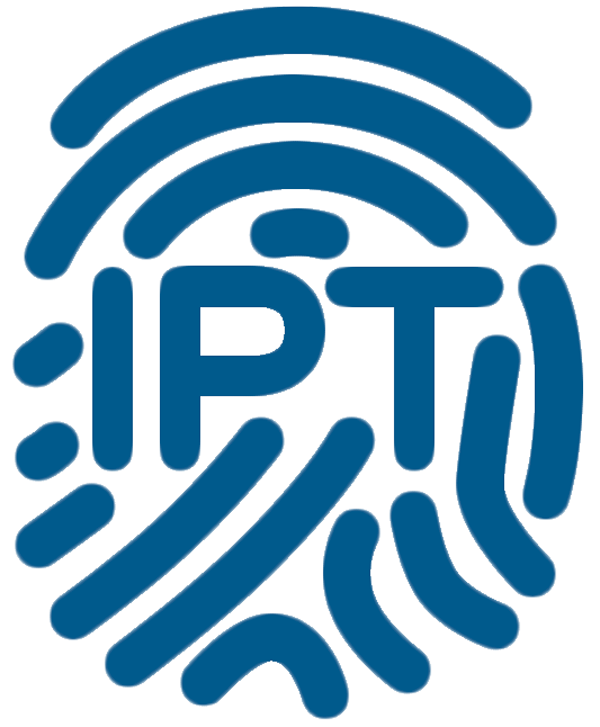 Arab Struggle Movement for the Liberation of Al Ahwaz logo. |
Think of the Dutch city of Delft and likely you think of Delftware, that famous blue-and-white pottery that is a hallmark of the Netherlands. Or perhaps you think of Old Master artist Johannes Vermeer, whose tranquil "View of Delft" is one of the most beloved paintings of the Dutch Golden Age.
But these days, the gentle, canal-ringed city has established a new and very different identity: as a center for an Arab-backed Iranian separatist, terrorist organization.
It isn't just the Netherlands. Members of the Arab Struggle Movement for the Liberation of Al Ahwaz, or ASMLA, have been traced in Denmark and the UK. (Ahwaz is a largely-Arab province that borders Kurdistan and Iraq.) Consequently, just as Dutch police were arresting the Iranian Eisa S. in February on suspicion of plotting a terrorist attack in Tehran, Danish officers also were arresting three of his cohorts in Ringsted, a town outside Copenhagen. All four are members of AMSLA, which seeks a separate Arab state in Iran's Zhuzestan province. Iran considers ASMLA, an Arab-Ba'athist nationalist group, a terrorist organization. In addition, according to the Terrorism Research and Analysis Consortium (TRAC), ASMLA also has links to the Syrian branch of the Muslim Brotherhood.
And it isn't only ASMLA, with its brazen public presence in Delft – until recently, you could find the organization listed with the Delft Chamber of Commerce, according to a report on Dutch news channel NOS. Other militant and terror organizations have also settled in Holland in recent years. Often, these groups pose as the "political arm" of a militant group and deny involvement in violent activities, although as reporter Anko Stoffels points out in Dutch newspaper Telegraaf, intelligence agencies "tend to see things differently."
Hence, Stoffels reports, a poster advertising a children's camp in Loon op Zand, a town about 50 miles south of Amsterdam, showed children saluting the Palestinian flag – not surprising given that camp director Amin Abou Rashed is connected to Hamas and considered one of its best European fundraisers. And according to former military intelligence officer Ronald Sandee, at least two Dutch mosques, one in Amsterdam and the other in Rotterdam, are run by the Muslim Brotherhood.
But it's ASMLA's reach across Europe that has been particularly violent. Indeed, the arrests in Delft and Ringsted were only the latest in a series of confrontations between the terrorist group and European intelligence.
In 2015, for instance, a Dutch-Iranian was shot outside his home in Almere. The victim later proved to have been responsible for a 1980s bombing that had killed 73 people in Iran. Two years later, ASMLA's founder, Ahmed Molla Nissi, was assassinated outside his home in The Hague. And in 2018, after an attack on a military parade in Tehran in which 25 people were killed, Iran blamed ASMLA and accused the Netherlands, Denmark, and Britain of harboring terrorists. At the same time, Danish officials tracked a Norwegian-Iranian photojournalist living with two other Iranians in Ringsted, suspecting him of selling his photos – including those taken of ASMLA members in their homes – to the Iranian government. Within a month, Swedish security forces arrested the photographer in Gothenburg and extradited him to Denmark, where he was accused of being an agent for Iran and plotting an assassination or other attack on Danish ground.
Back in the Netherlands, Dutch intelligence agents were making similar connections: Tehran, they determined, had directly ordered the assassinations in Almere and The Hague. More, according to Dutch newspaper Algemeen Dagblad (AD), pictures of Eisa S.'s home in Delft were found among the Norwegian-Iranian's photographs in Denmark. Complicating it all, the three Iranians arrested in Ringsted at the time Dutch police apprehended Eisa S. were also connected to the photographer. Those three ASMLA members now stand accused of working for Saudi intelligence "to spy on Iranians and Iranian businesses throughout Europe," the AD reported.
In other words: while Iran is spying on and assassinating Iranian terrorists on European soil, Saudi Arabia is paying European-Iranians to spy on other Iranians, and to orchestrate terror attacks in Iran – also from European soil. Meantime, agents for Hamas, the Muslim Brotherhood, and other extremist and terrorist groups walk freely, indoctrinating children and preaching at European mosques.
For their part, Dutch officials defended their open-door policy to the Telegraaf in 2018, insisting that it is better than allowing such groups to operate underground.
This approach may change going forward. With Europe closing its borders in response to the threat of the novel coronavirus (COVID19), terror groups operating from the Middle East will have a harder time setting up new offices in Europe, or sending envoys to recruit, spy, or plan. When the crisis finally passes, Europe's leaders may do well to keep some of those restrictions where they are.
Abigail R. Esman is a freelance writer based in New York and the Netherlands. She is the author of Radical State: How Jihad Is Winning Over Democracy in the West (Praeger, 2010). Her next book, Rage: Narcissism, Patriarchy, and the Culture of Terrorism, will be published by Potomac Books in October, 2020. Follow her at @radicalstates.
